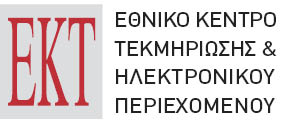This item is provided by the institution :
 National Documentation Centre (EKT)
National Documentation Centre (EKT)
Repository :
National Archive of PhD Theses
| ΕΚΤ NA.Ph.D.



